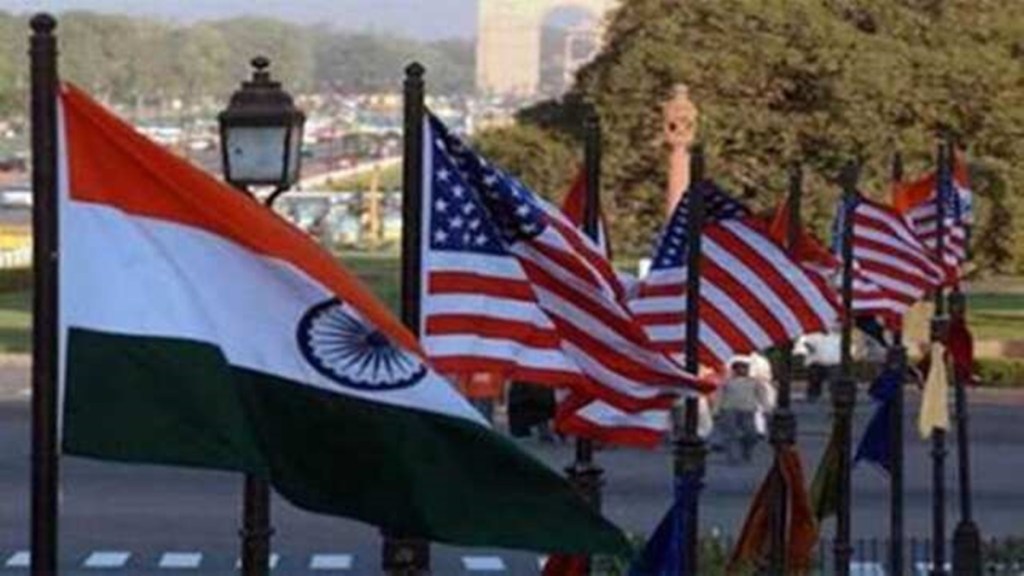By Anita Inder Singh
As during the Cold War, democratic India, with its large size and rich resources, is currently seen by the US as the main Asian counterpoise to authoritarian, expansionist China in the Indo-Pacific. Is this a case of the wish giving birth to the thought?
The answers to this question lie in India’s economic and social priorities, which in turn shape its foreign and security policies. In the 1950s, India was on par with many East Asian countries but it was surpassed in the 1960s by Japan and South Korea. India’s current GDP per capita of $ 2,388.6 is lower than China’s $12,720.2, Japan’s $33,815.3 and South Korea’s $32,254.6.
Meanwhile, India and the US hail themselves as “among the world’s closest partners”. (This must come as news to old US Cold War allies like Britain, Japan, South Korea, Australia and New Zealand). The self-congratulation echoes the rhetoric of the Bush and Obama administrations and New Delhi since 2000. It sounds strange, given that India’s $3,737 billion economy competes with China’s $ 19 trillion one. Subject to Congressional approval, General Electric Co will allow India to produce jet engines powering its military aircraft. America wants India to strengthen their partnership in the South China Sea, where China has numerous territorial disputes with its Southeast Asian neighbours. But how will India finance operations in that part of the Pacific?
Geographically China is not an Indian Ocean power but a Pacific one. Nevertheless, the Chinese navy has expanded its military presence in India’s Indian Ocean neighbourhood largely because India’s naval power trails behind China’s. So does its $73.8-billion defence expenditure, which is less than China’s $225-billion military spending.
China’s interest in the broader Indian Ocean region is about more than having a strategic foothold in the area. Like India, it wants to use the ocean’s rich resources to meet its needs for domestic energy, food, minerals, crude oil, and other essential commodities. It has summed up its competition with the warning that the Indian Ocean does not belong to India. Moreover, most South Asian countries are on China’s Belt-and-Road Initiative. Three of them are among its largest arms buyers and recipients of its investments.
At another level, India’s strategic priorities are at variance with those of its partners in the Quadrilateral Security Dialogue. the US, Japan and Australia. Their core concern is the preservation of security in the Pacific. India’s top priorities are its border disputes with Pakistan and China. That may be a reason why it took India seven years to support a 2016 ruling by The Hague Tribunal against China’s “historical” claims to the South China Sea. India’s nonalignment rules out the chances of the Quad countering China militarily. How these different priorities can be reconciled is an open question.
New Delhi needs US investment and technology, including military supplies as well as the transfer of the industrial chain to India, in order to foil China. But how much technology the US will transfer to India? Countries do not part with critical technologies without good reason. Any technology collaboration between India and Russia could turn out to be a hurdle in acquiring hi tech from the US, because that implies simultaneous cooperation with China, on whom Russia is dependent for critical technologies.
China owes its strong position in technology to the fact that it spends 2 % of its GDP on research and development, compared to India’s 0.7 %. The global average of GDP spent on R&D is 1.79 %. China produces over half of the world’s 5G infrastructure, India 1 %. China’s TikTok and other apps are global leaders, but India has yet to engineer a global tech product.
India’s absence from any Asian regional economic grouping reflects its weak economic credentials. Its decision to stay out of the Regional Comprehensive Economic Partnership (RCEP), which includes several Southeast Asian countries, China, Japan, South Korea, Australia, and New Zealand, could cost it dear. China has offered RCEP members tariff reductions. Unsurprisingly, no RCEP country will prioritise protectionist India. Meanwhile, China’s trade with ASEAN zoomed from $641.5 billion in 2019 (before the Corona pandemic) to $975.3 billion in 2022. The value of India’s trade with ASEAN was $110 billion in 2022.
Meanwhile, India must be careful about America’s blowing hot and cold about improving trade and economic ties with China with the intent of reducing global economic instability. Simultaneously Washington calls for engagement with China and takes a tough line on Taiwan and China’s authoritarianism. So many contradictory stances can leave strategic partners confused.
Generally, non-alignment will not be the only factor limiting the anticipated closeness between India and the US. Nor will 4 million Indian-Americans ineluctably strengthen the Indo-US bond. There are more than 5 million highly educated and skilled Chinese-Americans, but that has not stopped Washington from perceiving China as its principal enemy. Large diasporas are no guarantee of strong strategic relationships.
In the long run, India’s status and role in Asia will hinge on increased investments in education, infrastructure and more equitable economic development. Indian research should continue to develop the technologies needed for its defence forces. Only then will India polish its credentials as a major driver of the global economy and key contributor to Asian security. Wanting to make Asia a safer place, India and America must answer tough questions to show that they are in touch with reality.
The writer is founding professor, Centre for Peace and Conflict Resolution, New Delhi


